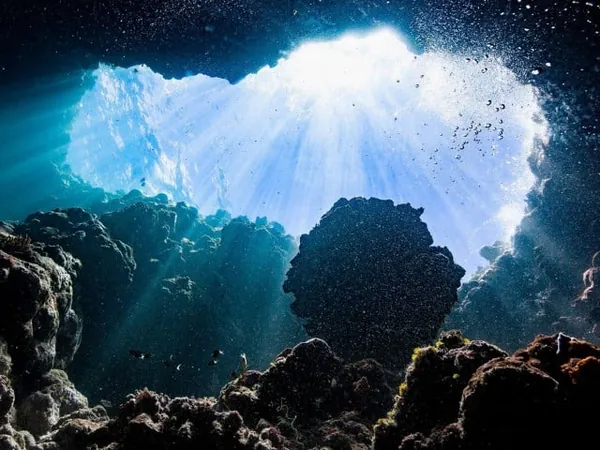
Unveiling 'Dark Oxygen': A Groundbreaking Discovery 4,000 Meters Under the Pacific
2025-04-14
Author: Benjamin
A Stunning New Discovery Beneath the Waves
In a revolutionary finding, scientists have uncovered a mysterious phenomenon known as "dark oxygen"—oxygen produced in the pitch-black depths of the Pacific Ocean, 4,000 meters down in the Clarion-Clipperton Zone (CCZ). This remote area, nestled between Hawaii and Mexico, is one of Earth's least explored frontiers, rich in polymetallic nodules that could be the key to this astonishing process.
Challenging Conventional Wisdom
For ages, it has been widely accepted that most oxygen on our planet stems from photosynthesis—a process where sunlight is transformed into energy by plants and microorganisms. However, this new evidence suggests that these deep-sea nodules may function like "geobatteries," generating electrical currents strong enough to split seawater into hydrogen and oxygen without needing a single ray of sunlight.
An Astonishing Implication for Earth's History
The ramifications of this discovery are profound. It suggests that oxygen-breathing life forms could have thrived in Earth's ancient oceans long before photosynthetic organisms emerged, fundamentally altering our understanding of the planet's biological history.
What This Means for the Search for Extraterrestrial Life
Moreover, these insights open up tantalizing possibilities for similar processes on other celestial bodies, sparking excitement in the quest for extraterrestrial life beyond our planet.
Environmental Concerns Amid Mining Rush
The CCZ is currently under intense scrutiny due to proposed deep-sea mining projects, where companies are eager to extract valuable metals like nickel and cobalt for batteries and green technology. This startling discovery raises new alarms: disturbing these unique geobatteries risks not only the intricate deep-sea ecosystems but also Earth's broader chemical cycles.
Call for Conservation
Scientists are sounding the alarm for enhanced protections of the CCZ and other deep-sea environments, warning that we must act swiftly to safeguard these critical natural processes before they are irrevocably harmed.
Conclusion: Earth's Mysteries Await in the Deep
This groundbreaking revelation serves as a potent reminder that many of Earth's enigmas remain shrouded in the darkness of the oceans, waiting to be explored and understood.









 Brasil (PT)
Brasil (PT)
 Canada (EN)
Canada (EN)
 Chile (ES)
Chile (ES)
 Česko (CS)
Česko (CS)
 대한민국 (KO)
대한민국 (KO)
 España (ES)
España (ES)
 France (FR)
France (FR)
 Hong Kong (EN)
Hong Kong (EN)
 Italia (IT)
Italia (IT)
 日本 (JA)
日本 (JA)
 Magyarország (HU)
Magyarország (HU)
 Norge (NO)
Norge (NO)
 Polska (PL)
Polska (PL)
 Schweiz (DE)
Schweiz (DE)
 Singapore (EN)
Singapore (EN)
 Sverige (SV)
Sverige (SV)
 Suomi (FI)
Suomi (FI)
 Türkiye (TR)
Türkiye (TR)
 الإمارات العربية المتحدة (AR)
الإمارات العربية المتحدة (AR)